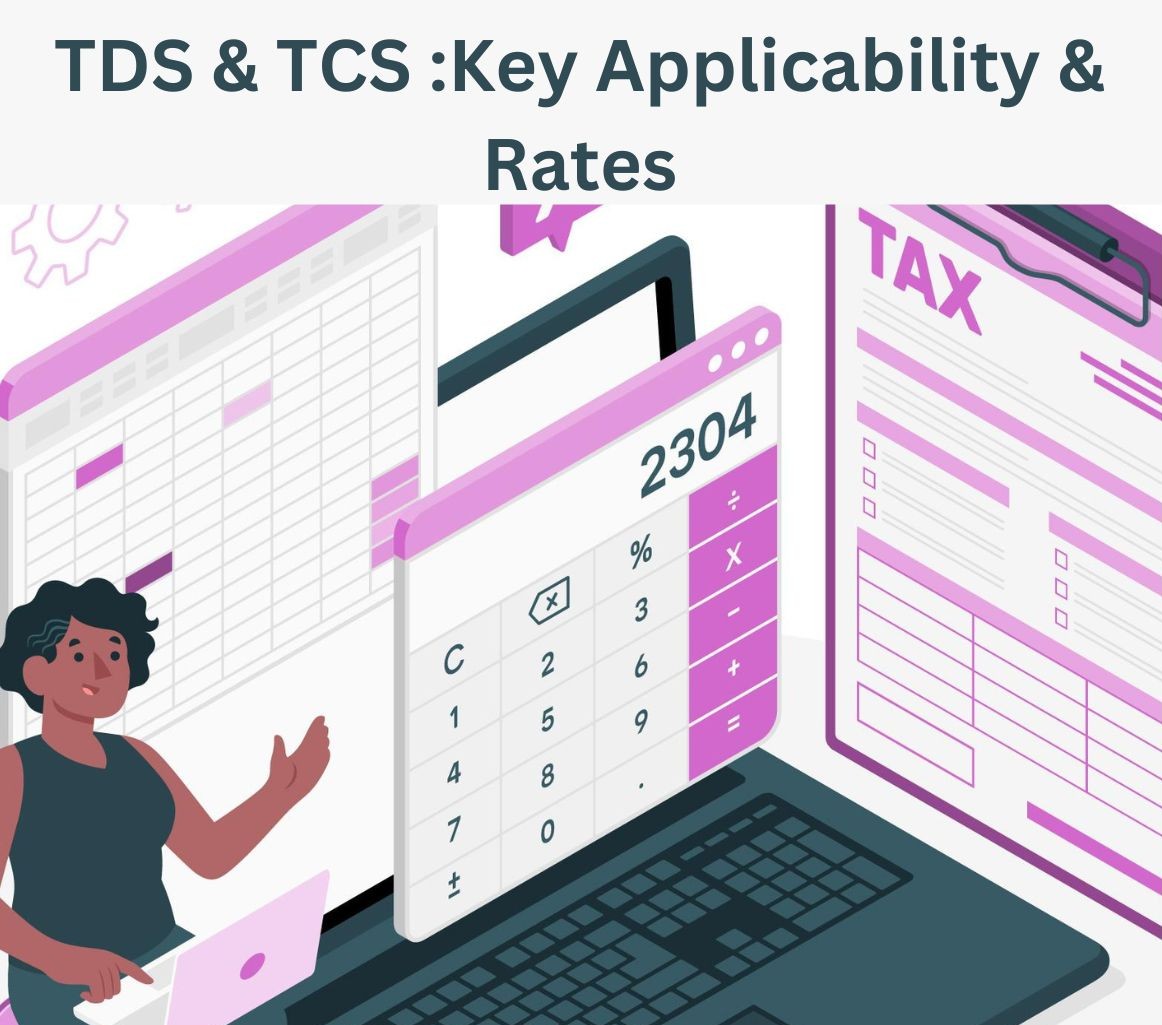Blog Details
7. Choosing the Right Business Structure: A Guide for New Entrepreneurs

Starting a new business is an exciting journey, but one of the most crucial decisions you’ll face is choosing the right structure for your business. This article provides a concise overview of the benefits, challenges, and tax implications of various business structures to help you make the best choice for your business.
1. Sole Proprietorship
A sole proprietorship is the simplest form of business structure, where a single individual owns, manages, and controls the entire business.
Benefits: A Sole Proprietorship Business requires only a single person and he has a complete control over the business and is the sole decision-making authority.
Challenges: The proprietor has an unlimited personal liability in the business. Access to capital and funding opportunities are quite limited, while the transfer of ownership can become complicated during business succession.
Taxation: The business income is added to the proprietor’s total income and taxed at individual slab rates under new or old regime at the option of the individual.
2. Partnership
Partnership is a business structure where two or more individuals, known as partners, co-own and operate a business as per the partnership agreement.
Benefits: Partners share the responsibilities, risks as well as the profits or losses in the business with a flexibility in their capital contribution. Its easier to establish and register the firm under the Partnership Act, 1932.
Challenges: The partners have a Joint and Several Liability i.e all the partners have an unlimited liability for debts of the firm. Unforseen disputes between partners could adversely affect business operations.
Taxation: Profits are taxed at a flat rate of 30% after booking partners’ salary & interest on capital. Share of profits are exempt in the hands of partners.
3. Limited Liability Partnership
Limited Liability Partnership (LLP) is a hybrid business structure where two or more individuals, known as partners, co-own and operate a business which has a liability protection with partnership tax benefits. It combines the features of both a partnership firm and a company.
Benefits: The LLP form of business enjoys all the benefits as that of Partnership firm. Unlike a normal partnership firm, the partners of LLP have a limited liability protection. It’s easier to manage and has lower compliance requirements compared to a company.
Challenges: LLP requires more compliance than a sole proprietorship or partnership firm such as mandatory filing of annual returns with Ministry of Corporate affairs. Also, there is limited access to venture capital and equity funding, which are typically reserved for private companies.
Taxation: Profits are taxed at a flat rate of 30% similar to partnership firms.
4. Private Limited Company
A Private Limited Company is a separate legal entity from its owners and can be incorporated with a minimum of 2 members which can extend upto to a maximum limit of 200 members. It is a more formal business structure and ideal for larger businesses seeking growth and investment.
Benefits: Shareholders of a private limited company have a limited liability while their personal assets are protected against the company’s debts. It’s easier to raise capital by issuing shares to investors. A company as an individual entity continues to exist even if shareholders change.
Challenges: A Private Limited Company is more complex and costly to register and manage, with stringent compliance requirements (e.g., annual audits, filing of returns).
Taxation:
a) 115BA - For small companies with turnover upto Rs. 400 crores, the income tax rate is 25%.
b) 115BAA - If the company opts for the concessional tax rate under section 115BAA, the income tax rate is 22%.
c) 115BAB - If the company opts for the new tax regime under section 115BAB, the income tax rate is 15%.
d) If the company do not opt for the above mentioned rates then flat rate of 30% shall prevail.
How to Choose the Right Structure for Your Business?
- Size and Nature of Business: For small businesses or individual-run ventures, a sole proprietorship or partnership may suffice. For larger enterprises or those seeking investments, an LLP or Private Limited Company might be better.
- Liability: If limiting personal liability is a priority, LLPs and companies provide better protection compared to sole proprietorships and partnerships.
- Taxation: While sole proprietorships and partnerships offer simpler taxation, LLPs and companies may offer better long-term tax advantages if you’re scaling up.
- Compliance: Sole proprietorships and partnerships have the least compliance, while companies have the most stringent regulations. Choose based on your ability to meet compliance requirements.
Each of these business structures comes with its unique set of benefits, challenges, and tax implications. Entrepreneurs must consider factors like liability, compliance, growth prospects, and taxation before making their choice. Whether you're a small business owner or planning to scale, understanding these business structures can help you set up a foundation that supports your entrepreneurial journey.
~ Compiled by Roshan S, Audit Assistant, H M R R & Associates.
Copyright | All Rights Reserved H M R R & Associates























